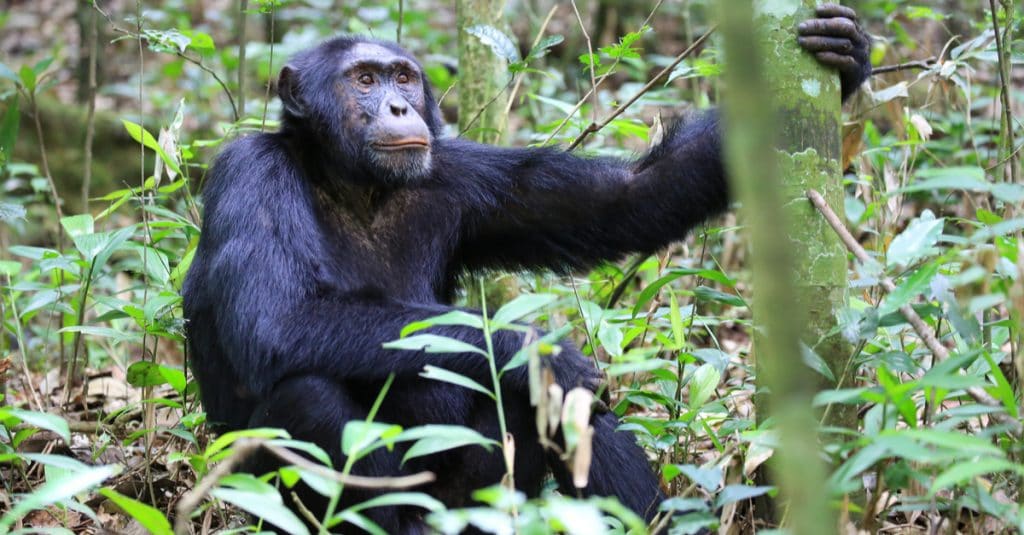Sustainable ecosystem management and conservation could be given a new impetus in West Africa. The region has just acquired a warning tool in this area: the West African Regional Observatory on Biodiversity and Protected Areas.
The observatory was launched on November 27, 2019 in Dakar, Senegal, during a Biopama workshop. It is a global programme funded to the tune of €60 million by the European Union and the ACP Group of States (Africa, Caribbean and Pacific), which aims to improve the long-term conservation and sustainable use of natural resources within protected areas and surrounding communities.
Organised jointly with the International Union for Conservation of Nature (IUCN), the Dakar workshop, which brought together the 16 member countries of the Economic Community of West African States (ECOWAS), focused on the creation and organisation of the observatory. According to IUCN’s Regional Director, ALIOU FAYE, this regional body under the aegis of the West African Economic and Monetary Union (Uemoa), will provide information services and also serve as a forum for the production of knowledge on nature conservation that will support all biodiversity conservation stakeholders and policy makers.
Biodiversity put to the test by poaching
In a report published in 2005, the IUCN points out that Africa holds nearly a third of the world’s terrestrial biological diversity. However, the fact that this continent is also the place on the planet that suffers the highest rates of poverty makes it very difficult to conserve its wildlife and plant species. Illegal trafficking in protected species thrives there, due to the precarious conditions in which rural populations live.
The African elephant is one of the animals that is currently paying the price for this situation. In a press release issued on November 19, 2019, the World Wildlife Fund (WWF) sounded the alarm. The non-governmental organisation dedicated to environmental protection says that in Africa, an elephant dies every 25 minutes, killed for its ivory tusks. WWF says that at this rate, the species will be extinct in 20 years.
In response to this situation, protected areas appear to be effective means of protecting species recognised at the international level as being in danger of extinction, because in these areas, natural resources are protected while ensuring the development of populations. The observatories initiative also launched in the Central African region (Congo Basin Theatre) will contribute to improving the management of protected areas for better nature conservation.
Boris Ngounou
